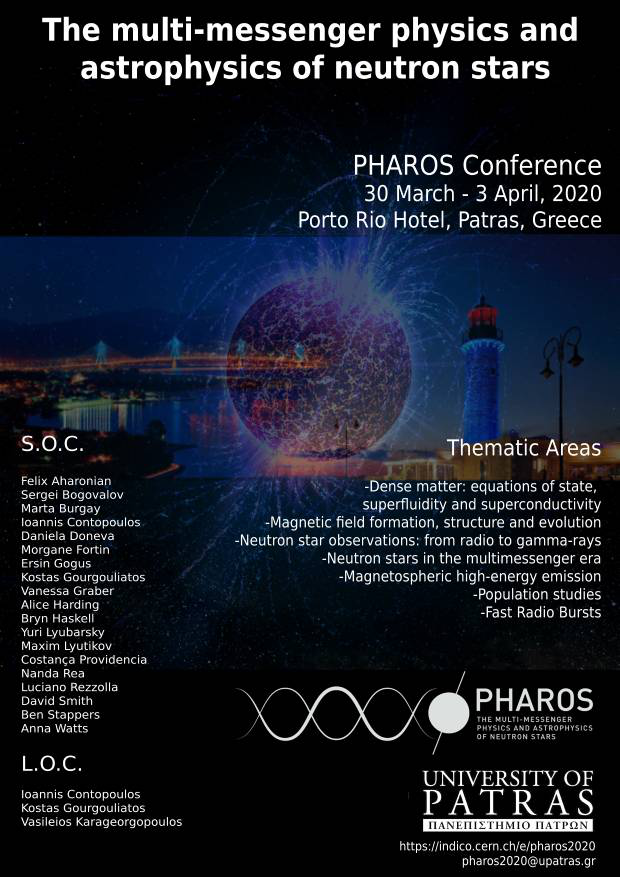Speaker
Description
Making use of Big Data techniques and High Performance Computing (HPC) we explored high-energy data archives in new ways, extracting new information buried in the vast volume of high-energy astrophysical data. These efforts of mixed Data Mining and HPC approaches allowed us to uncover a new population of Extragalactic Neutron Stars (NS), and in particular showed that probably most of the Ultra Luminous X-Ray sources (ULXs) are powered by Neutron Stars (NS), instead of (stellar-mass or intermediate-mass) black holes, as was believed for over 25 years. The discovery of these Pulsating ULXs (PULXs), NS at strongly Super-Eddington luminosities, has change radically our views in the ULX population and widen our knowledge of the accretion processes. Now, we are focusing in a new approach mixing HPC with new, accurately selected, X-ray observations with the aim to wide the PULX population with the "UNSEeN" project. I will describe our past discoveries, their main implications and our new approach and what we expect in the fast changing ULXs field.

